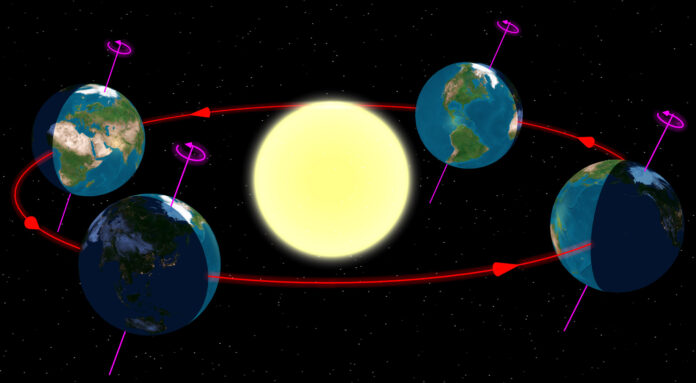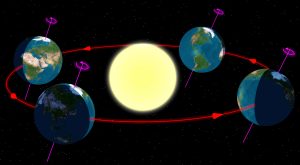
BY HANNES THUM

The summer solstice was last week. The longest day of the year, and the day on which the sun is as high in the sky as it will be all year, the summer solstice has been a day marked by human cultures for a very, very long time. If it is not one of the recognized and richly celebrated annual holidays in our current human culture, that may be because many of us are somewhat removed (cognitively, at least, if not physically) from what the sun provides us at this time of year.
But, in the temperate latitudes where we in Idaho call home on this planet, the return of the sun each spring after the months of missing the sun each winter is a significant event and the solstice is a milestone. It marks, officially, the first day of summer. And it should mark more than that for us.
It is an amazing gift the sun brings with it. Each spring, we witness the creation of new matter from, literally, thin air—photosynthesis, powered by the sun, draws carbon out of the atmosphere and uses it to create new molecules that build the leaves, flowers, stems, trunks and roots of all the plants we know of. These in turn will feed all of the animals we know of. The chemistry is complex, but the flow of energy and the logic of things is simple: sunlight to plants to living material.
If there is one theme in ecology that would help almost anybody understand almost any ecosystem on earth, the ability of photosynthesis to use sunlight to create living material and food (which process is called “primary productivity” in ecology parlance) would be it. Where there is sun, there is life.
I recently returned from a trip to the Osa Peninsula in Costa Rica. For a person who has lived almost his entire life in the dry and open high-desert ecosystem of Idaho, the jungles of Costa Rica are an experience of such bizarreness and saturation that I spent many a happy and totally action-packed day walking only two miles through a piece of jungle. The amount of living matter there is to look at, touch, and learn about in that place is astounding, particularly in its contradiction to the relatively bare sagebrush steppe that we call home.
Costa Rica gets a lot of sun (and water, by the way) and they get it all year long because their geographic relationship with the sun is such that winter doesn’t interrupt the flow of solar photons for half of the year like it does here. Thus, the logic, there: a lot of sunlight to a lot of plants to a lot of living material.
Back here at home, I find myself marking the solstice more than ever because of how precious the sunlight is here in Idaho and how much of a difference it makes during these fine summer months.
Hannes Thum is a Wood River Valley native and has spent most of his life exploring what our local ecosystems have to offer. He currently teaches science at Sun Valley Community School


